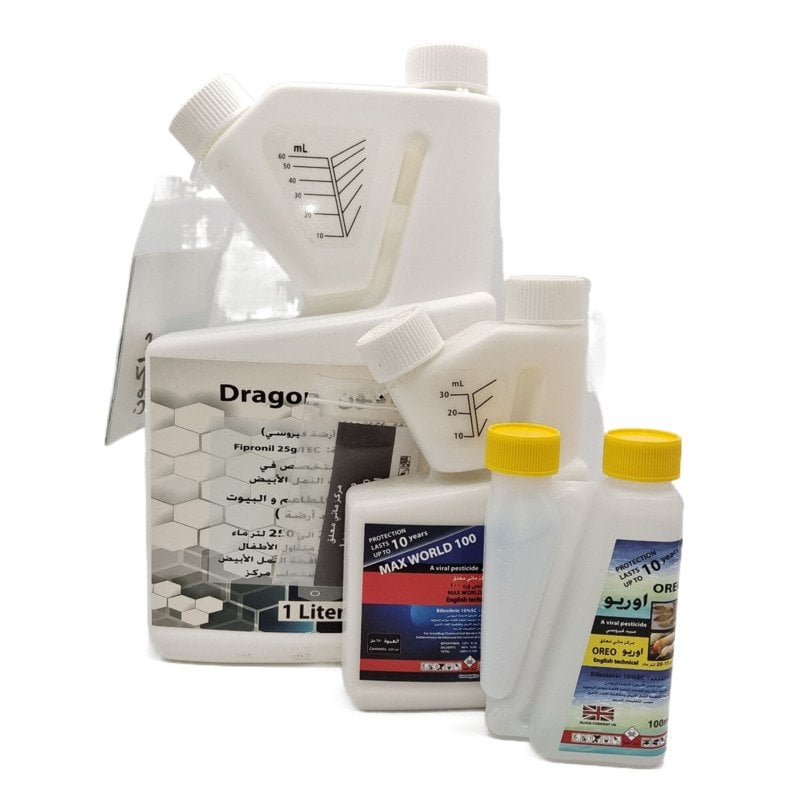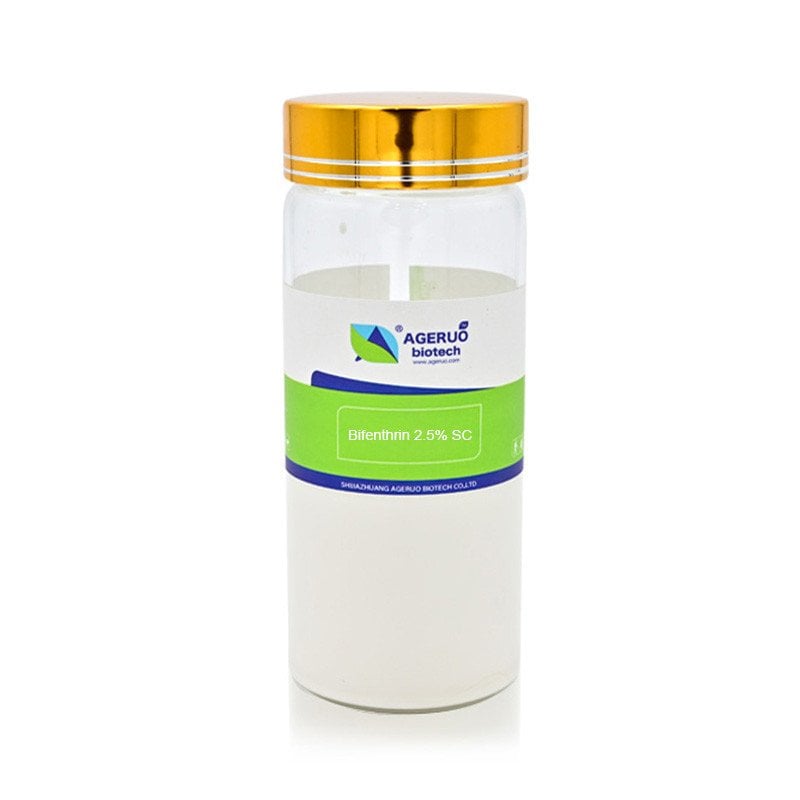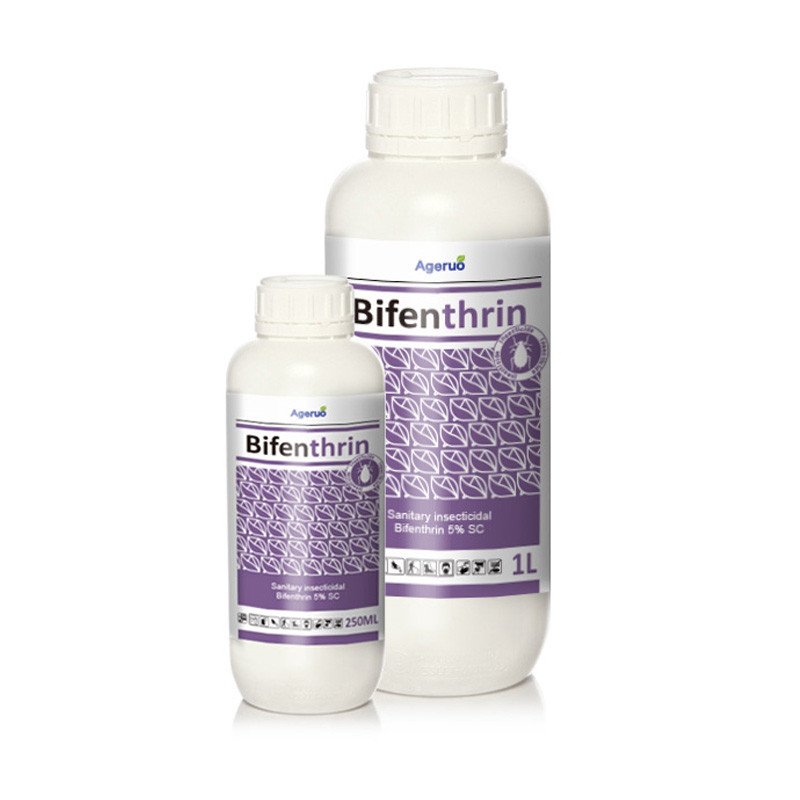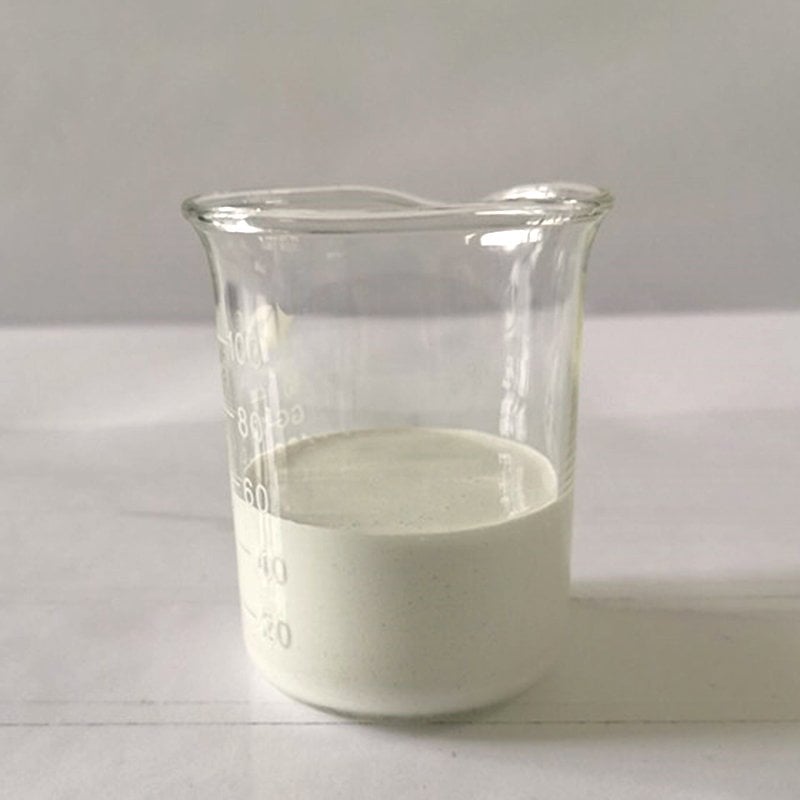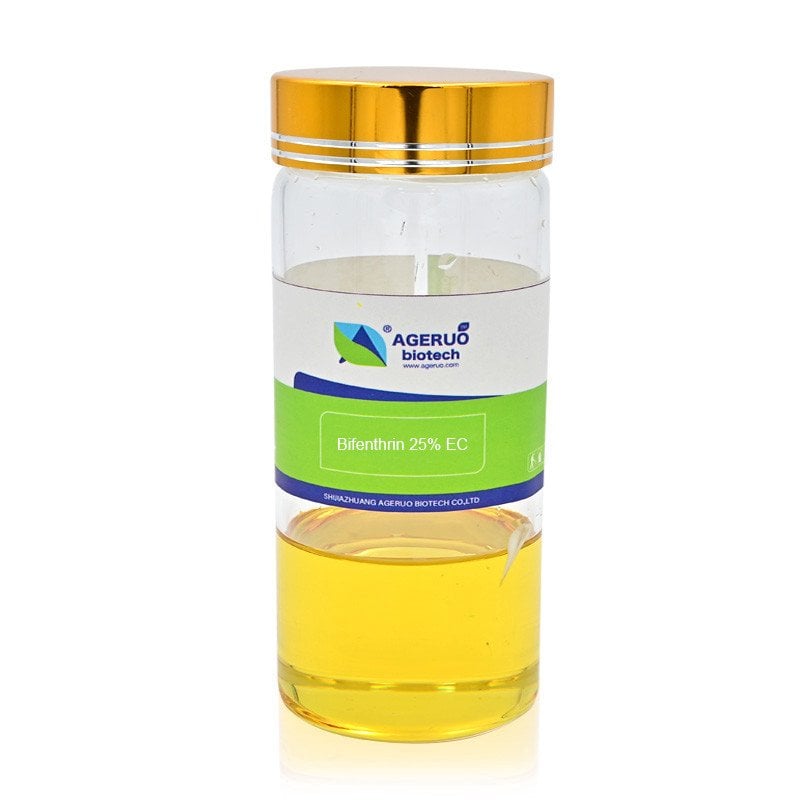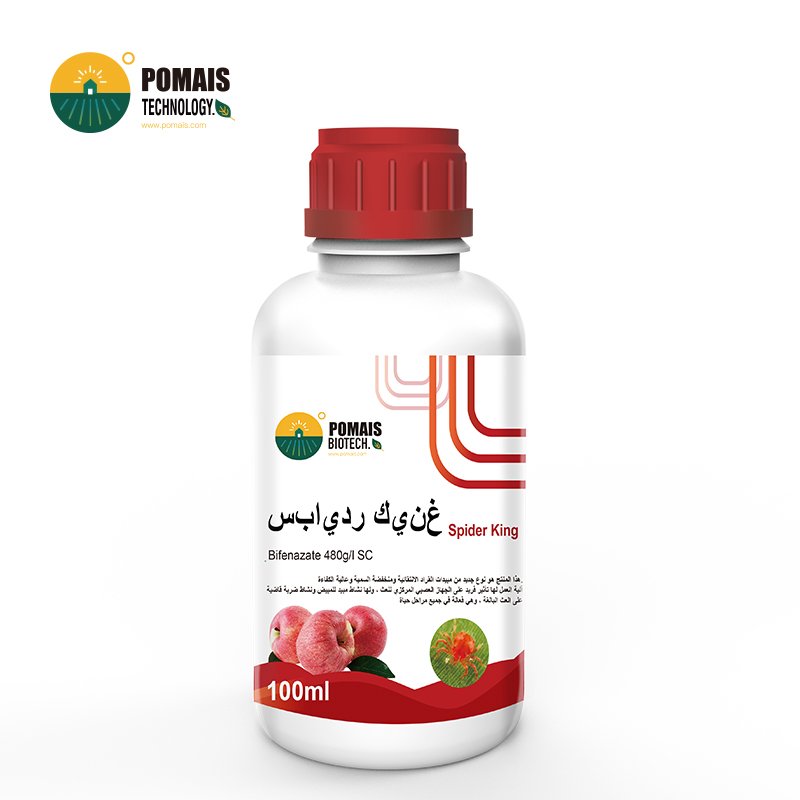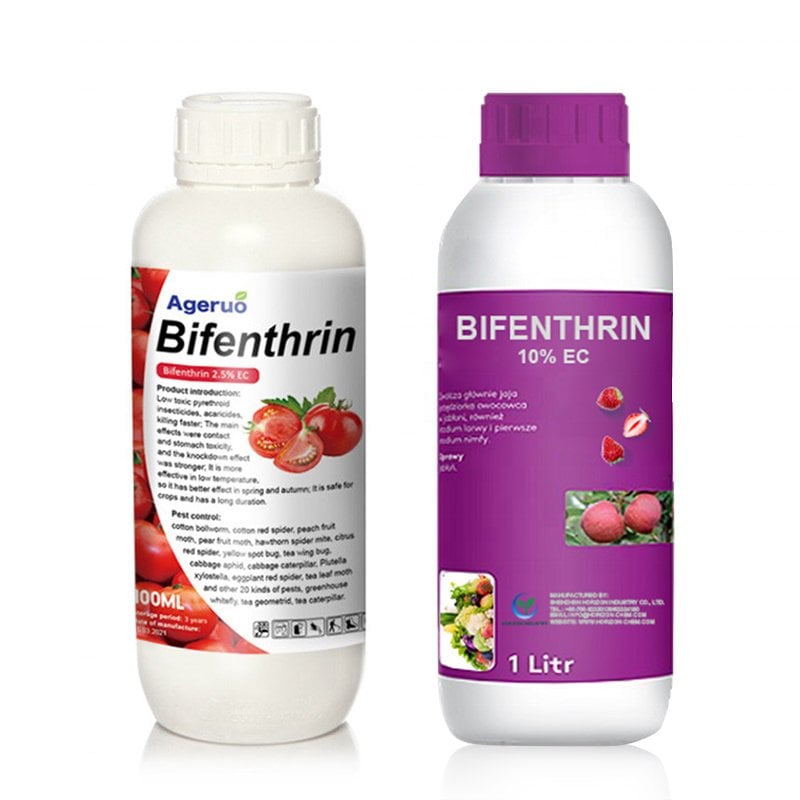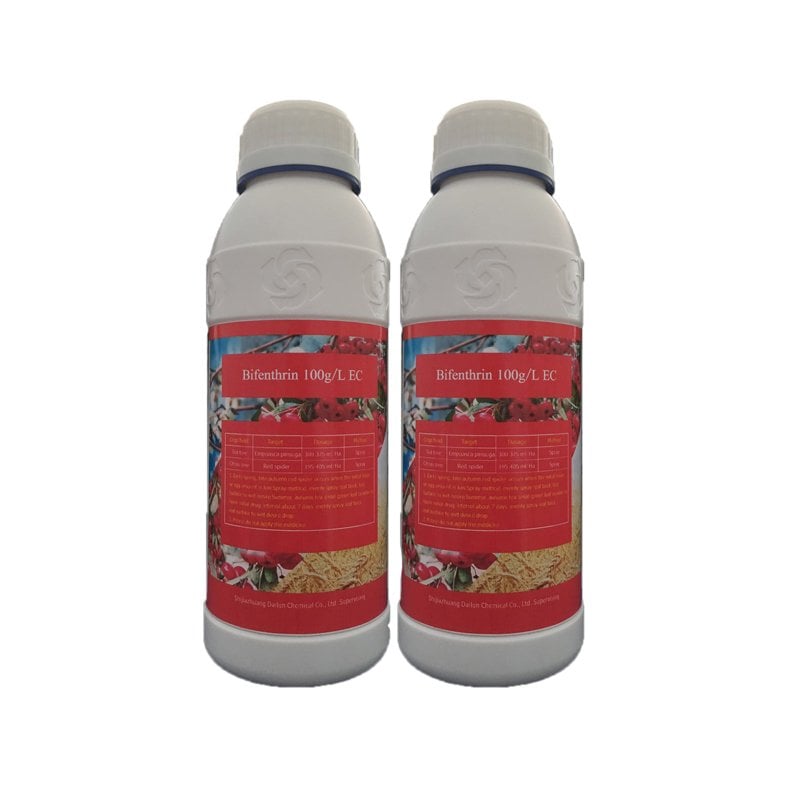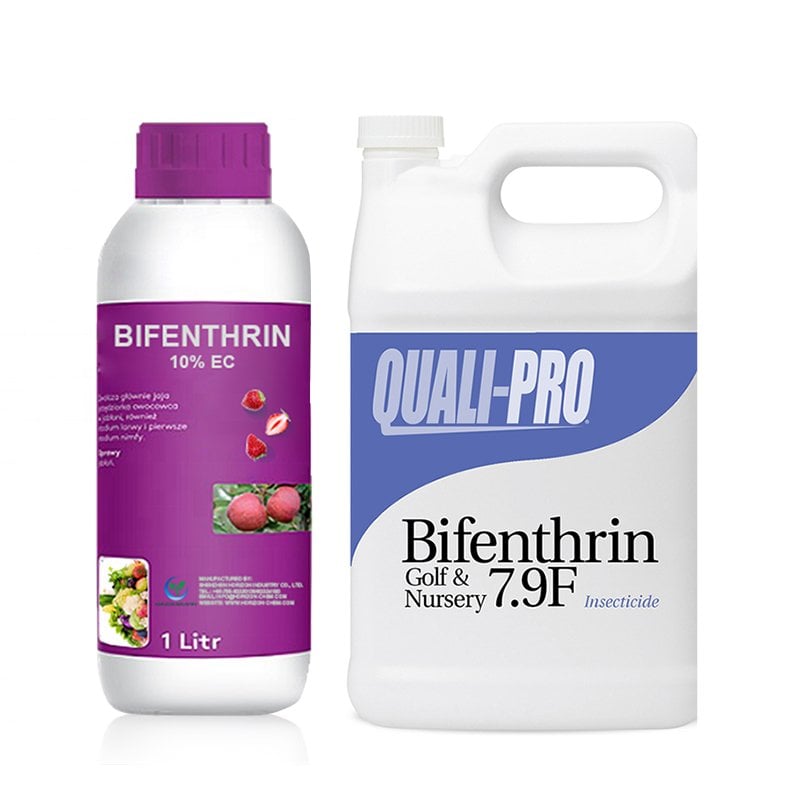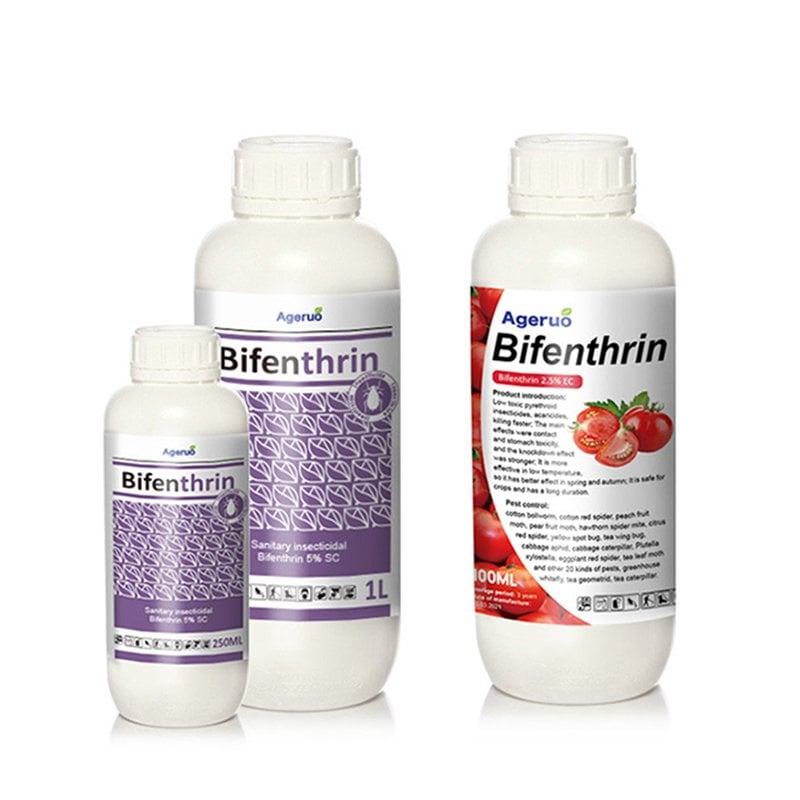Cyfluthrin vs Bifenthrin
When it comes to pest control, cyfluthrin and bifenthrin are two commonly used insecticides that belong to the pyrethroid family. While both are effective in killing a variety of pests, they differ in their chemical composition, effectiveness, target pests, and environmental impact. Understanding the differences between cyfluthrin vs bifenthrin will help you choose the best solution for your specific needs.
In this article, we’ll explore the key differences, detailed product descriptions, and optimized applications of these two insecticides to help you make an informed decision.
Differences Between Cyfluthrin and Bifenthrin
- Chemical Composition
- Cyfluthrin: A synthetic pyrethroid with a quick knockdown effect on pests. It is slightly more toxic to insects but breaks down faster in the environment.
- Bifenthrin: A long-lasting pyrethroid with excellent residual activity. It remains active for a longer time on treated surfaces.
- Target Pests
- Cyfluthrin: More effective for quick knockdown of flying insects like mosquitoes, wasps, and flies.
- Bifenthrin: Highly effective against ground-dwelling pests such as ants, termites, and spiders.
- Residual Activity
- Cyfluthrin: Shorter residual effect, making it ideal for immediate pest control.
- Bifenthrin: Longer residual effect, providing extended protection for weeks or months.
- Usage
- Cyfluthrin: Commonly used in indoor and outdoor sprays for fast-acting pest control.
- Bifenthrin: Widely used in agriculture, lawns, gardens, and termite treatments for long-term pest management.
Cyfluthrin: Features, Uses, and Applications
What is Cyfluthrin?
Cyfluthrin is a synthetic pyrethroid insecticide that works by disrupting the nervous system of insects, leading to paralysis and death. It is known for its fast knockdown effect and high efficacy against flying and crawling pests.
Uses of Cyfluthrin
Cyfluthrin is commonly used in both residential and commercial pest control scenarios. It is effective against:
- Flying insects: Mosquitoes, houseflies, wasps, and moths.
- Crawling insects: Cockroaches, ants, fleas, and silverfish.
- Garden pests: Caterpillars, aphids, and beetles.
Applications of Cyfluthrin
- Indoor Pest Control
Cyfluthrin is widely used in aerosol sprays and residual sprays for homes, warehouses, and commercial spaces. It provides quick action for infestations of flying pests like mosquitoes and flies. - Outdoor Use
In gardens and landscapes, cyfluthrin can be sprayed on plants, shrubs, and lawns to target pests like aphids, caterpillars, and beetles. - Commercial Use
Cyfluthrin is used in restaurants, food storage facilities, and industrial areas due to its fast action and minimal odor.
Advantages of Cyfluthrin
- Fast Knockdown: Quickly kills insects upon contact.
- Broad-Spectrum: Effective against a wide range of pests.
- Low Residual Effect: Breaks down quickly, reducing environmental persistence.
Bifenthrin: Features, Uses, and Applications
What is Bifenthrin?
Bifenthrin is a synthetic pyrethroid with excellent residual activity. It binds tightly to soil and surfaces, allowing it to remain effective for weeks or even months. It is highly effective for ground-dwelling insects and is often used in agriculture and structural pest control.
Uses of Bifenthrin
Bifenthrin is widely used in:
- Lawn and garden care: Ants, grubs, beetles, and caterpillars.
- Agriculture: Protects crops like corn, soybeans, and vegetables from pests.
- Structural pest control: Termites, spiders, and cockroaches.
- Residential pest control: Long-lasting protection against ants, fleas, and ticks.
Applications of Bifenthrin
- Agricultural Use
Bifenthrin is a common insecticide for row crops, vegetables, and fruit trees. It provides extended protection against pests like aphids, beetles, and caterpillars. - Lawn and Garden Care
Bifenthrin is ideal for lawns and gardens, offering long-term control of pests like fire ants, spiders, and grubs. It can be applied as a granular formulation or spray. - Termite Treatments
Bifenthrin is widely used in termite control due to its ability to bind to soil. It acts as a barrier to prevent termite infestations. - Residential Pest Control
For indoor and outdoor applications, bifenthrin is used to eliminate fleas, ticks, and other crawling pests while providing weeks of residual control.
Advantages of Bifenthrin
- Long-Lasting Residual Effect: Provides extended pest protection.
- Effective Against Ground-Dwelling Pests: Especially termites, ants, and spiders.
- Versatile Applications: Suitable for lawns, agriculture, and structural treatments.
Cyfluthrin vs Bifenthrin: Which to Choose?
When to Use Cyfluthrin
- For immediate results and quick knockdown of flying pests like mosquitoes, wasps, and flies.
- Indoor spaces and commercial facilities requiring fast pest control.
- Areas where minimal residual effect is desired (e.g., sensitive environments).
When to Use Bifenthrin
- For long-lasting protection against ground-dwelling pests like ants, termites, and spiders.
- Lawns, gardens, and agricultural fields requiring extended control.
- Structural pest control where residual action is essential, such as termite barriers.
Conclusion: Cyfluthrin vs Bifenthrin
Both cyfluthrin and bifenthrin are effective insecticides, but their differences make them suitable for specific applications:
- Cyfluthrin offers quick knockdown and is ideal for flying pests and immediate indoor pest control.
- Bifenthrin provides long-lasting residual control, making it the best option for ground-dwelling pests, termite treatments, and agricultural use.
By understanding your pest control needs and the advantages of each product, you can choose the right insecticide to keep your home, garden, or crops pest-free.
When it comes to pest control, cyfluthrin and bifenthrin are two commonly used insecticides that belong to the pyrethroid family. While both are effective in killing a variety of pests, they differ in their chemical composition, effectiveness, target pests, and environmental impact. Understanding the differences between cyfluthrin vs bifenthrin will help you choose the best solution for your specific needs.
In this article, we’ll explore the key differences, detailed product descriptions, and optimized applications of these two insecticides to help you make an informed decision.
Differences Between Cyfluthrin and Bifenthrin
- Chemical Composition
- Cyfluthrin: A synthetic pyrethroid with a quick knockdown effect on pests. It is slightly more toxic to insects but breaks down faster in the environment.
- Bifenthrin: A long-lasting pyrethroid with excellent residual activity. It remains active for a longer time on treated surfaces.
- Target Pests
- Cyfluthrin: More effective for quick knockdown of flying insects like mosquitoes, wasps, and flies.
- Bifenthrin: Highly effective against ground-dwelling pests such as ants, termites, and spiders.
- Residual Activity
- Cyfluthrin: Shorter residual effect, making it ideal for immediate pest control.
- Bifenthrin: Longer residual effect, providing extended protection for weeks or months.
- Usage
- Cyfluthrin: Commonly used in indoor and outdoor sprays for fast-acting pest control.
- Bifenthrin: Widely used in agriculture, lawns, gardens, and termite treatments for long-term pest management.
Cyfluthrin: Features, Uses, and Applications
What is Cyfluthrin?
Cyfluthrin is a synthetic pyrethroid insecticide that works by disrupting the nervous system of insects, leading to paralysis and death. It is known for its fast knockdown effect and high efficacy against flying and crawling pests.
Uses of Cyfluthrin
Cyfluthrin is commonly used in both residential and commercial pest control scenarios. It is effective against:
- Flying insects: Mosquitoes, houseflies, wasps, and moths.
- Crawling insects: Cockroaches, ants, fleas, and silverfish.
- Garden pests: Caterpillars, aphids, and beetles.
Applications of Cyfluthrin
- Indoor Pest Control
Cyfluthrin is widely used in aerosol sprays and residual sprays for homes, warehouses, and commercial spaces. It provides quick action for infestations of flying pests like mosquitoes and flies. - Outdoor Use
In gardens and landscapes, cyfluthrin can be sprayed on plants, shrubs, and lawns to target pests like aphids, caterpillars, and beetles. - Commercial Use
Cyfluthrin is used in restaurants, food storage facilities, and industrial areas due to its fast action and minimal odor.
Advantages of Cyfluthrin
- Fast Knockdown: Quickly kills insects upon contact.
- Broad-Spectrum: Effective against a wide range of pests.
- Low Residual Effect: Breaks down quickly, reducing environmental persistence.
Bifenthrin: Features, Uses, and Applications
What is Bifenthrin?
Bifenthrin is a synthetic pyrethroid with excellent residual activity. It binds tightly to soil and surfaces, allowing it to remain effective for weeks or even months. It is highly effective for ground-dwelling insects and is often used in agriculture and structural pest control.
Uses of Bifenthrin
Bifenthrin is widely used in:
- Lawn and garden care: Ants, grubs, beetles, and caterpillars.
- Agriculture: Protects crops like corn, soybeans, and vegetables from pests.
- Structural pest control: Termites, spiders, and cockroaches.
- Residential pest control: Long-lasting protection against ants, fleas, and ticks.
Applications of Bifenthrin
- Agricultural Use
Bifenthrin is a common insecticide for row crops, vegetables, and fruit trees. It provides extended protection against pests like aphids, beetles, and caterpillars. - Lawn and Garden Care
Bifenthrin is ideal for lawns and gardens, offering long-term control of pests like fire ants, spiders, and grubs. It can be applied as a granular formulation or spray. - Termite Treatments
Bifenthrin is widely used in termite control due to its ability to bind to soil. It acts as a barrier to prevent termite infestations. - Residential Pest Control
For indoor and outdoor applications, bifenthrin is used to eliminate fleas, ticks, and other crawling pests while providing weeks of residual control.
Advantages of Bifenthrin
- Long-Lasting Residual Effect: Provides extended pest protection.
- Effective Against Ground-Dwelling Pests: Especially termites, ants, and spiders.
- Versatile Applications: Suitable for lawns, agriculture, and structural treatments.
Cyfluthrin vs Bifenthrin: Which to Choose?
When to Use Cyfluthrin
- For immediate results and quick knockdown of flying pests like mosquitoes, wasps, and flies.
- Indoor spaces and commercial facilities requiring fast pest control.
- Areas where minimal residual effect is desired (e.g., sensitive environments).
When to Use Bifenthrin
- For long-lasting protection against ground-dwelling pests like ants, termites, and spiders.
- Lawns, gardens, and agricultural fields requiring extended control.
- Structural pest control where residual action is essential, such as termite barriers.
Conclusion: Cyfluthrin vs Bifenthrin
Both cyfluthrin and bifenthrin are effective insecticides, but their differences make them suitable for specific applications:
- Cyfluthrin offers quick knockdown and is ideal for flying pests and immediate indoor pest control.
- Bifenthrin provides long-lasting residual control, making it the best option for ground-dwelling pests, termite treatments, and agricultural use.
By understanding your pest control needs and the advantages of each product, you can choose the right insecticide to keep your home, garden, or crops pest-free.

